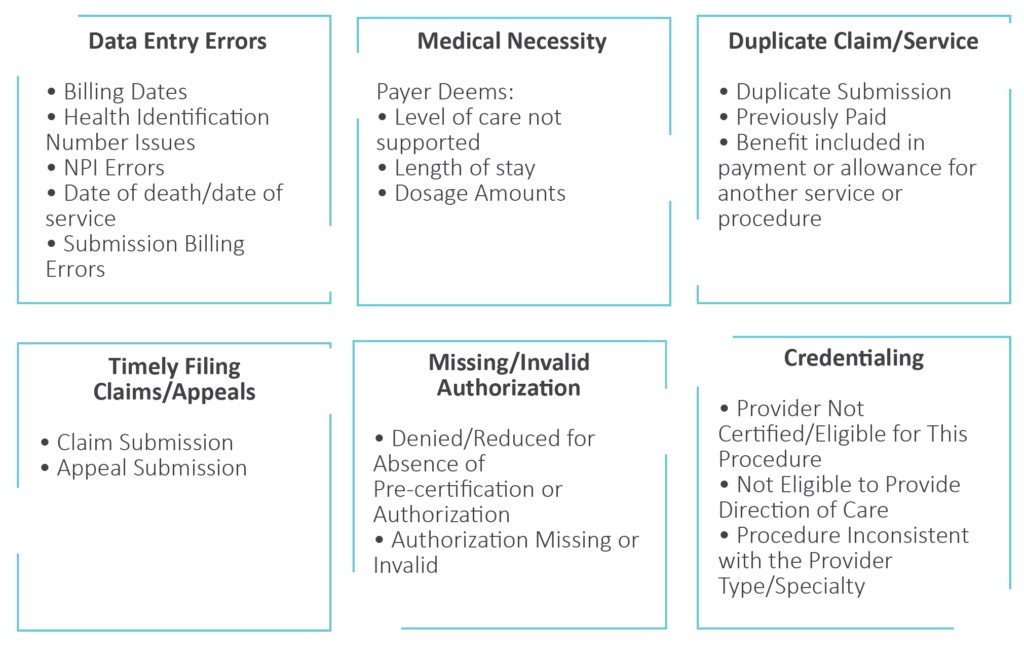Unpacking the Mechanics of Claim Editing Content Generation in Platforms like Optum’s CES
For those of us entrenched in payment integrity, we understand the complexity of claim editing as more than just rules that auto-correct coding; it’s a multifaceted content generation process that enables real-time alignment with regulatory requirements, payer policies, and clinical guidelines.
Here’s a deep dive into how platforms like Optum’s CES generate, maintain, and evolve their editing content to support advanced payment integrity initiatives:
Content Generation through Multisource Rule Aggregation and Synthesis
Claim editing content isn’t just pre-built. Instead, it’s crafted through meticulous aggregation of multiple data sources:
Regulatory Updates: CES is dynamically configured to incorporate updates from CMS, AMA, and other regulatory bodies. This requires real-time monitoring of Medicare and Medicaid guidance, CPT/HCPCS code changes, and NCCI edits to capture all nuances.
Clinical Best Practices: Platforms integrate clinical guidelines from sources like the American Medical Association and various specialty societies. This means the system is not just editing for billing accuracy but is aligned with clinical appropriateness standards.
Historical Claims Data and AI Models: Leveraging historical claims data and predictive analytics, CES can detect emerging trends in provider billing behavior. These insights are then factored into rule updates, creating a feedback loop that enhances specificity in edits over time.
Each of these components is synthesized into an ever-evolving rules engine that automates complex decision-making based on up-to-date, evidence-based criteria.
Centralized Knowledge Management for Edit Validation and Maintenance
To maintain reliability and relevance, platforms like CES adopt centralized knowledge management systems, where rule definitions and logic undergo continuous validation:
Edit Governance: Edit criteria are vetted by committees of subject matter experts, including compliance specialists, data scientists, and clinicians. This interdisciplinary approach ensures each rule is compliant and medically appropriate.
Test Environments and Regression Analysis: CES continuously runs edit rules through test environments against vast datasets, assessing accuracy and impact on reimbursement before deploying updates. Regression analysis identifies potential conflicts or redundancies between new and existing edits.
User Feedback Loop: Direct feedback from payers and providers is incorporated to identify ambiguities, false positives, or edits needing recalibration. This loop also helps prioritize which edits should remain hard versus soft, allowing flexibility for payer customization.
Machine Learning and Predictive Analytics in Edit Refinement
Advanced claim editing platforms now incorporate machine learning models that refine edits based on real-world outcomes and ongoing learning:
Predictive Claim Scoring: Using machine learning, CES predicts which claims are likely to contain errors or noncompliance issues. These models assess patterns such as geographic billing variances or specialty-specific coding trends.
Self-Learning Capabilities: Post-adjudication data is fed back into the platform to refine future editing. If certain edits consistently result in appeals or adjustments, the platform’s algorithm can suggest modifications to those edits for future cycles.
Automation of Low-Impact Edit Removal: Based on data, the system can deprioritize or sunset edits that show low financial impact or low prevalence, thus streamlining the editing framework and improving processing efficiency.
Ensuring Customizability and Scalability Across Payers
Claim editing platforms are built to be flexible, allowing for customization to accommodate payer-specific policies, varying thresholds, and integration needs:
Modular Rule Configurations: Optum’s CES allows for modular editing where payers can enable or disable specific rule sets based on their unique policies or state mandates. This scalability is crucial for payers with diverse provider networks or multi-state operations.
Parameterization of Edits: CES facilitates parameterized rules—adjusting criteria such as dollar thresholds, error tolerance, and severity levels based on each payer’s requirements. This makes it feasible to adjust edits without complex reprogramming.
API and Integration Architecture: To function within diverse administrative ecosystems, CES is built with API-first architecture, allowing seamless data flow between claims processing systems and the editing layer. This integration is critical to minimize operational impact and support real-time edits.
Ongoing Compliance and Content Auditing
Maintaining integrity in claim editing content is crucial, especially with frequent regulatory updates and shifts in clinical standards:
Automated Compliance Audits: CES employs automated audit trails, recording each rule update, the rationale for each change, and the impacted claims to ensure transparency and accountability.
Regular Rule Content Audits: Internal and external audits assess the alignment of edit criteria with regulatory and payer-specific requirements. These audits often use a mix of statistical sampling and machine-learning-driven outlier detection to validate the effectiveness of the edits.
The Outcome: A Dynamic, Resilient Content Engine for Payment Integrity
With these capabilities, Optum’s CES and similar claim editing platforms generate and maintain content that not only ensures claims accuracy but also adapts to an ever-evolving healthcare landscape. For payment integrity professionals, platforms like CES provide the infrastructure to mitigate risk, increase claims automation, and improve overall claims quality—yielding operational efficiencies and financial value for payers and providers alike.
In short, CES represents a sophisticated, data-driven approach to claim editing that goes far beyond traditional rule-based edits. It’s a continually learning system that merges data science, clinical expertise, and payer customization, making it a cornerstone of modern payment integrity.


